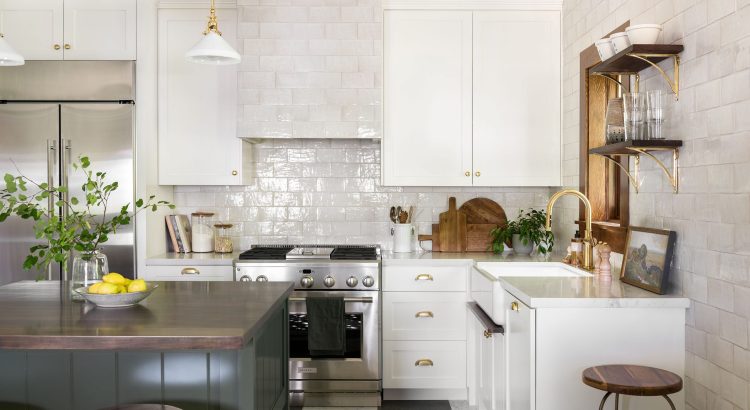In a world where interior design trends are constantly evolving, one timeless concept remains – the power of texture. Whether you’re looking to revamp your living room, bedroom, or even your kitchen, renovating with texture can breathe new life into your space. In this article, we’ll explore how adding depth through texture can turn your dream home makeover into a reality.
The Allure of Texture
Texture is an often underestimated element in interior design, yet it plays a pivotal role in creating a visually stunning and inviting ambiance. It engages our senses, offering a tactile experience that complements the aesthetics of a room. Here’s how you can incorporate texture into your dream home makeover:
1. Luxurious Fabric Choices
Begin by selecting sumptuous fabrics for upholstery and curtains. Velvets, silks, and even faux furs exude opulence and instantly elevate the room’s appeal. These choices not only provide a comfortable feel but also a touch of sophistication.

2. Wallcoverings with a Difference
Dare to be different with your choice of wallcoverings. Textured wallpapers or 3D wall panels can create a stunning focal point. Whether it’s a rustic brick texture or a modern geometric pattern, these options can redefine your space.
3. Flooring Elegance
Don’t neglect the ground beneath your feet. Area rugs and carpets with varying pile heights not only provide warmth but also introduce an interesting contrast in texture. From shaggy rugs to sleek, polished hardwood, your options are endless.
4. Artistic Accents
Consider adding textured artwork or decorative pieces to your interior. Sculptures, ceramics, or even a woven tapestry can inject character and depth into your room’s design. These elements draw the eye and create conversation starters.
The Impact of Lighting
Lighting plays a pivotal role in highlighting textures. Thoughtfully placed lighting fixtures can cast shadows that emphasize the tactile qualities of different surfaces. Consider these lighting techniques:
1. Spotlighting
Use spotlights to accentuate textured walls or art pieces. The interplay of light and shadow can add drama and intrigue to your space.
2. Pendant Lights
Hang pendant lights strategically over textured surfaces like dining tables or kitchen islands. This not only provides functional illumination but also showcases the beauty of texture.
Harmonizing Color and Texture
Achieving a dream home makeover isn’t just about texture; it’s also about creating harmony with color. Here’s how you can do it:
1. Earthy Tones
Opt for earthy color palettes like muted browns, greens, and warm grays to complement natural textures like wood and stone. This creates a serene and inviting atmosphere.
2. Bold Contrasts
For a more dramatic effect, pair bold, vibrant colors with textured elements. For instance, a deep navy wall with a textured, white leather sofa can create a striking focal point.
Conclusion
In your quest for the ultimate dream home makeover, don’t underestimate the transformative power of texture. By carefully selecting fabrics, wallcoverings, flooring, and lighting, and harmonizing them with the right colors, you can add depth and elegance to your interior design. Remember, texture isn’t just seen; it’s felt, and it’s what sets an ordinary space apart from a truly extraordinary one. So, start renovating with texture and watch your dream home come to life.




